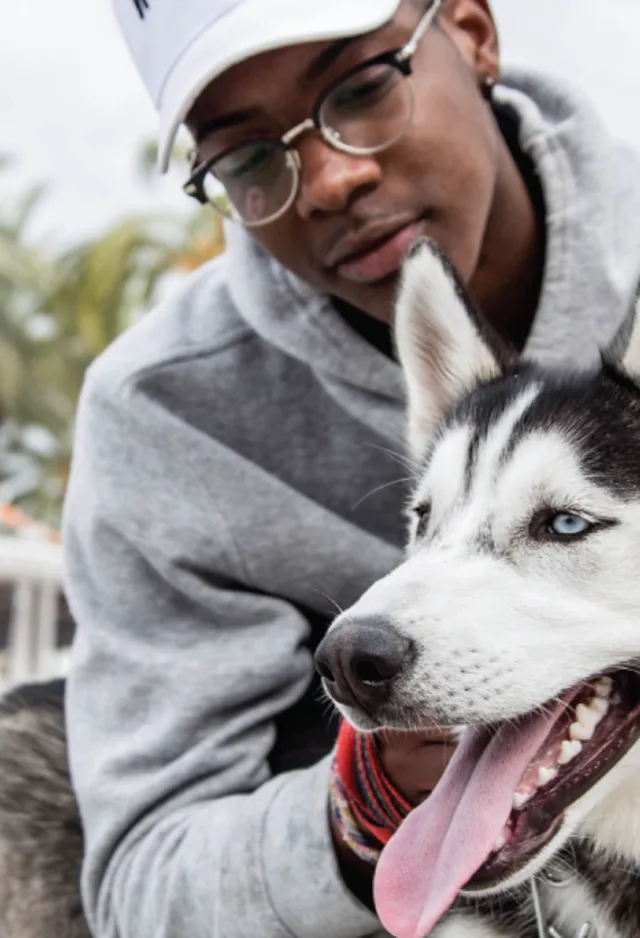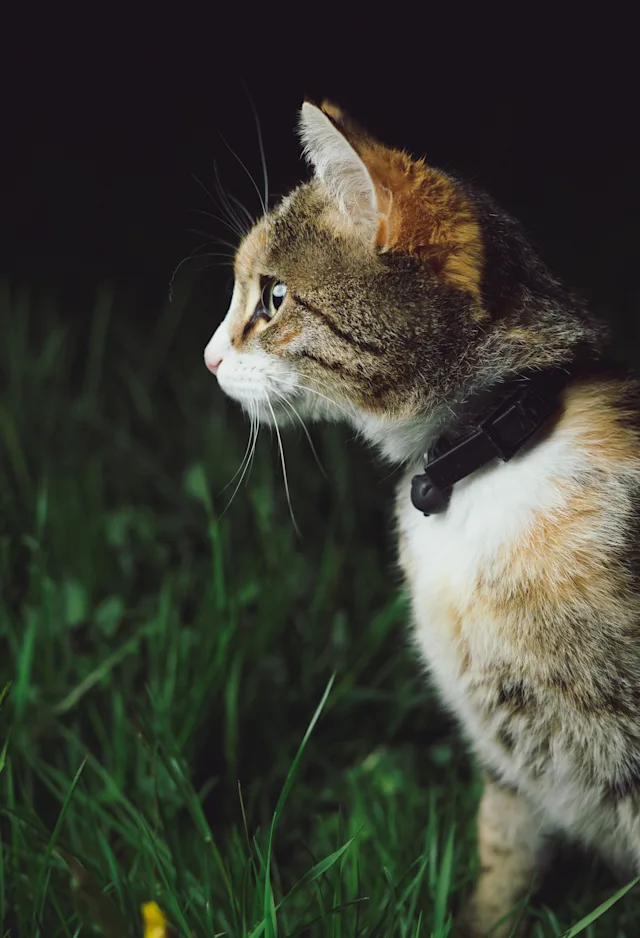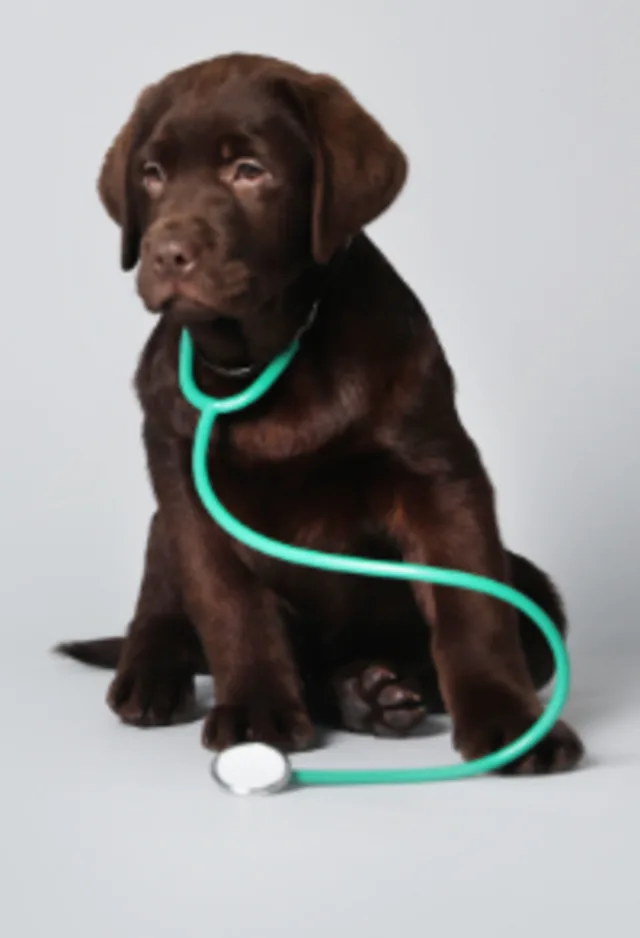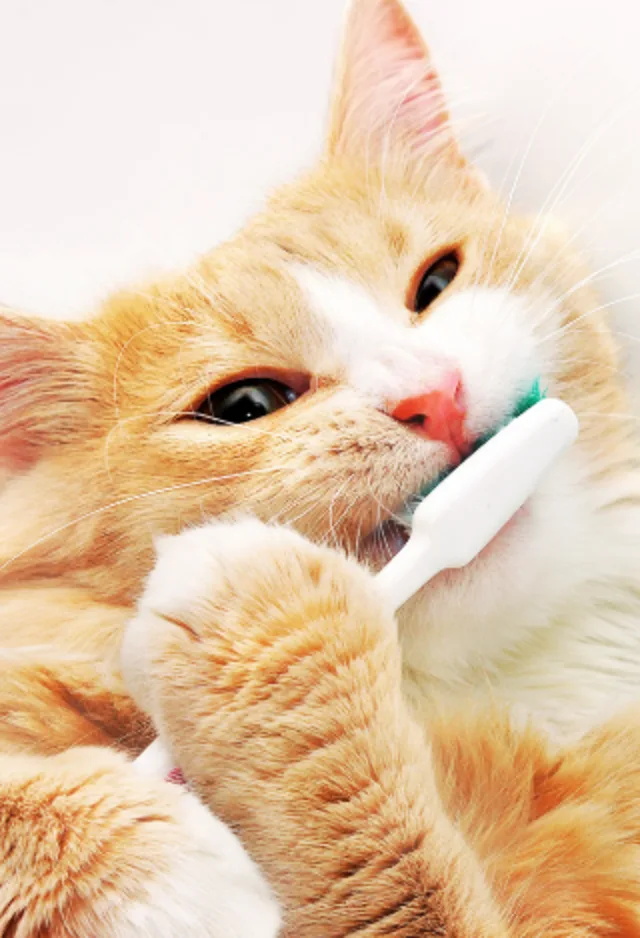Morgan Animal Hospital
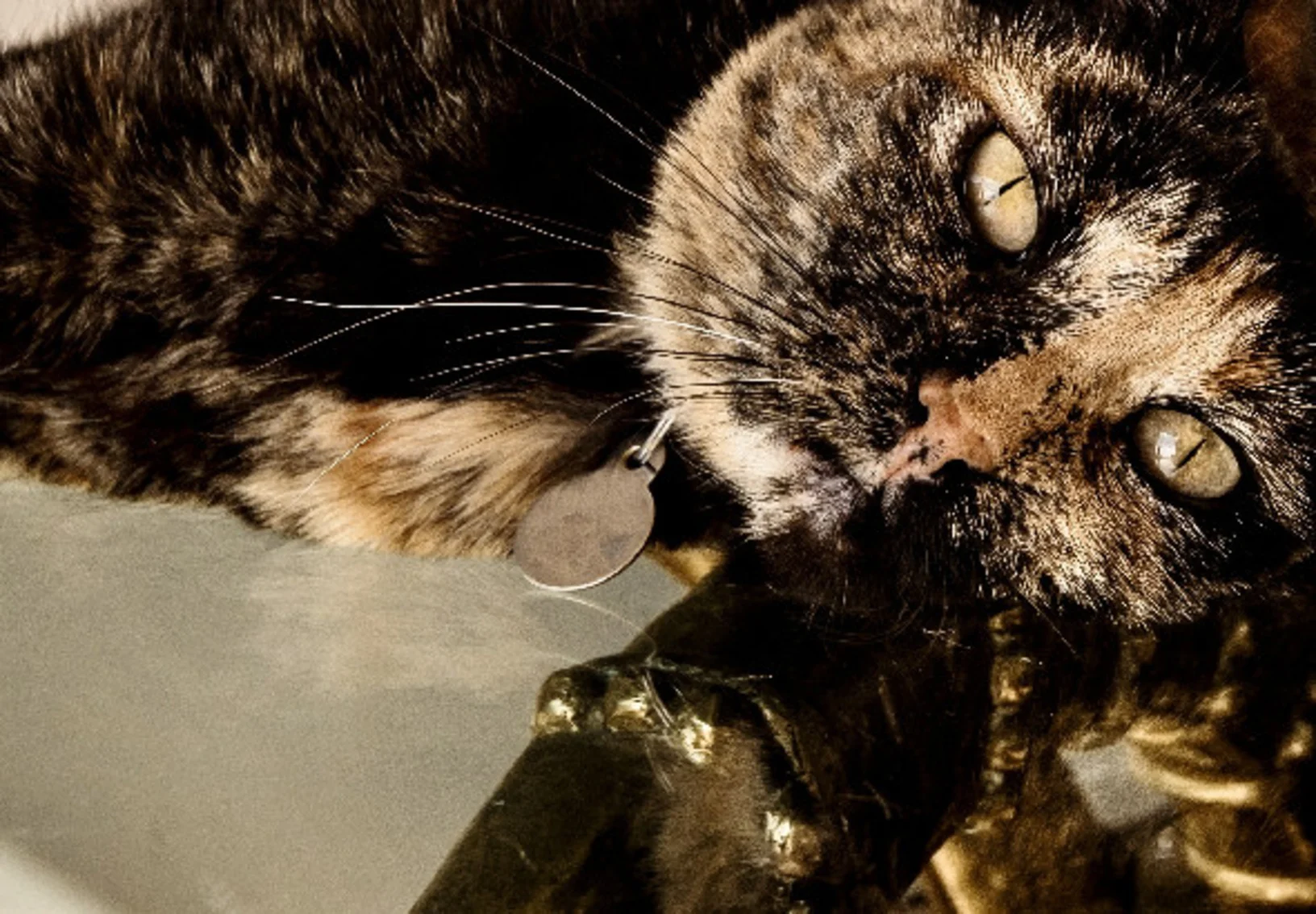

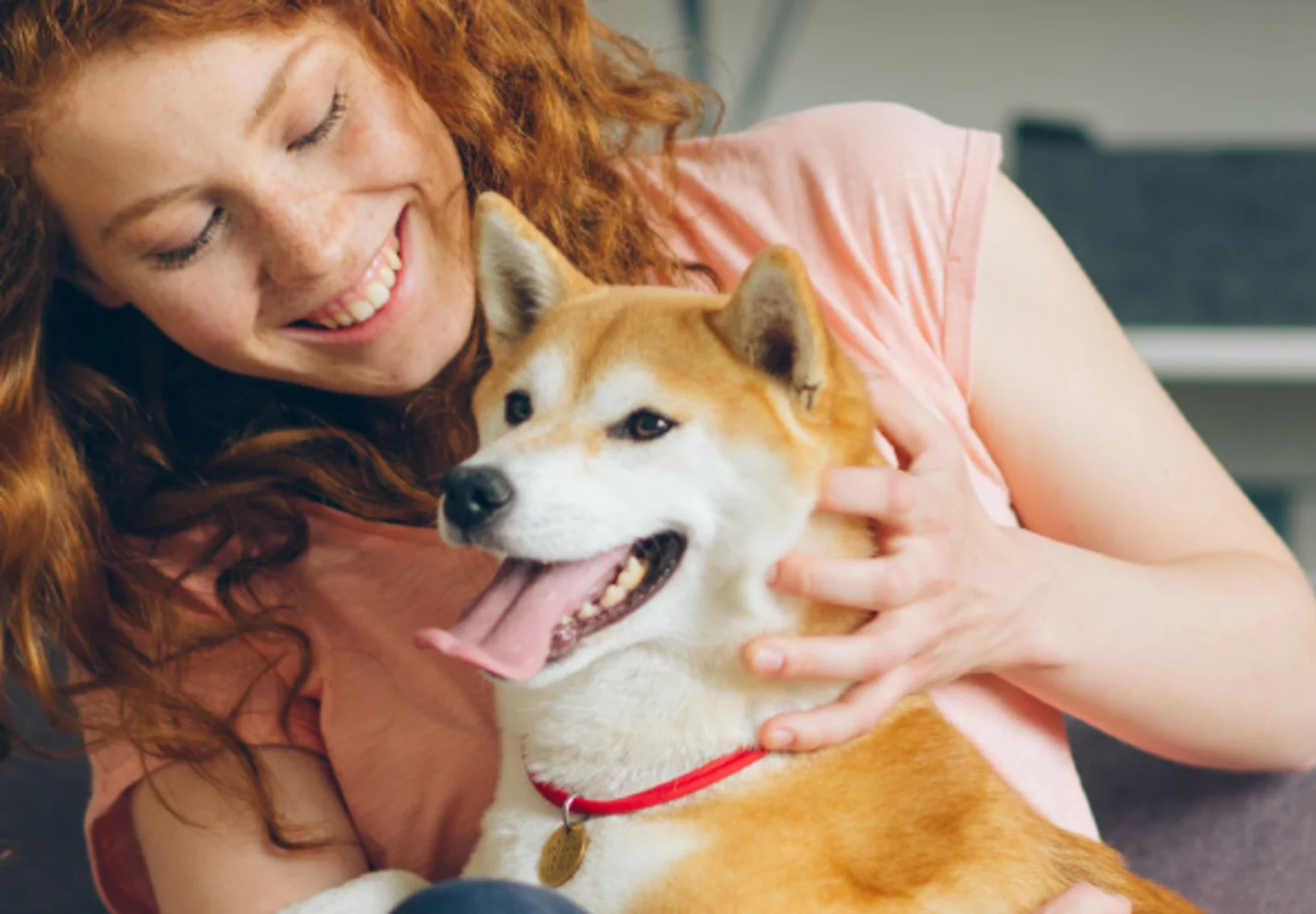
Come and see what we’re all about… we’d love to meet you and your pet
We are conveniently located across from the Stamford Green Plaza on the corner of Portage Rd. and O’Neil St. Offering a full range of medical, surgical, and preventative health care services, we strive to keep your lovable pet healthy and happy to ensure they have the best quality of life possible.
Hospital Tour
If you're looking to learn more about our veterinary clinic, you're in the right place! Our clinic focuses on building strong, compassionate relationships with both pets and their owners.
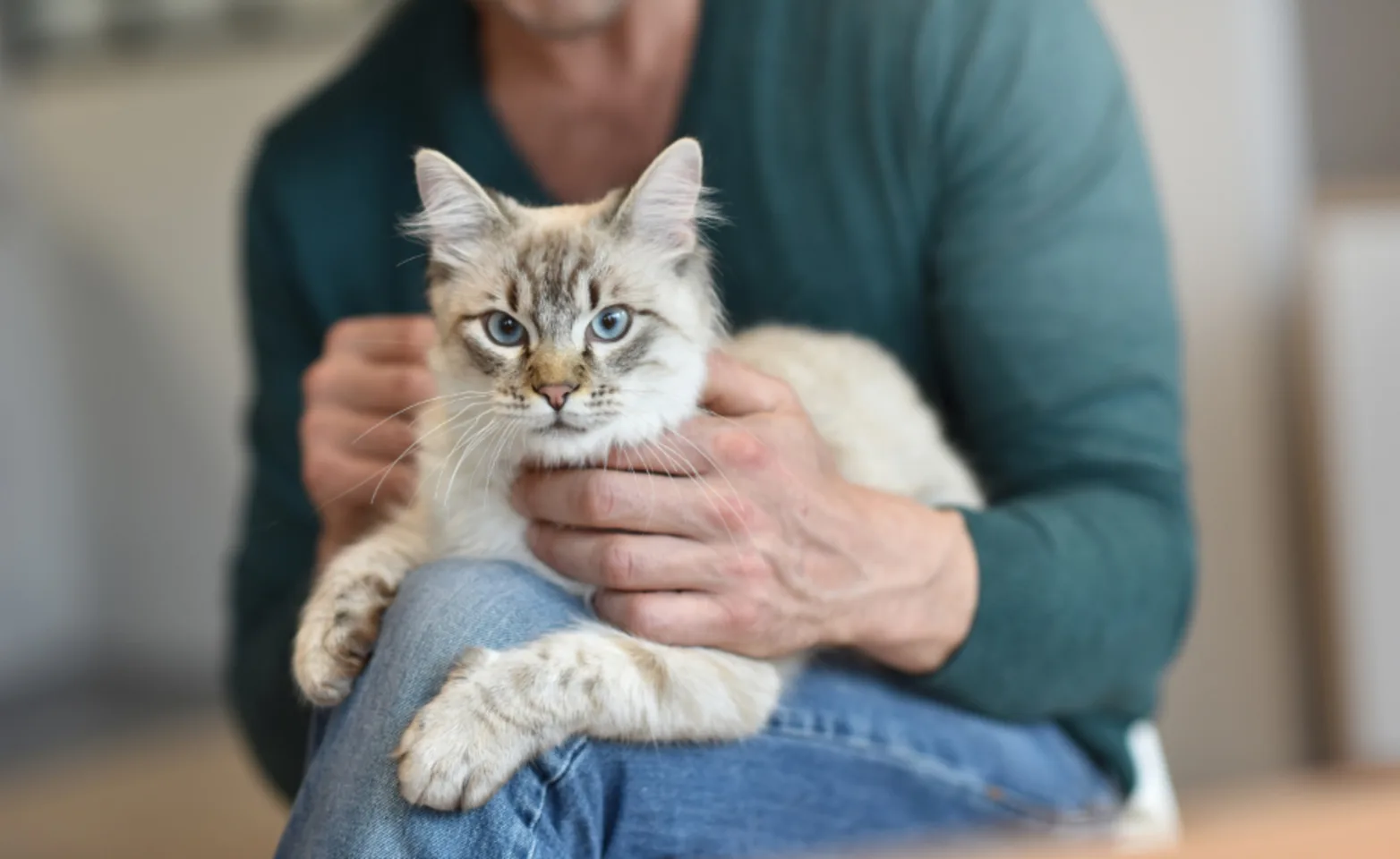
Dr. Morgan has been performing endoscopy for 27 years. We are the primary provider of these referral procedures in the Niagara Region.
Endoscopy is the use of a specialized fiber optic medical camera. Dr. Todd Morgan has had in-depth training at Colorado State University and Tuft’s Medical Center in Boston in both introductory and advanced endoscopy and performs numerous referral procedures for surrounding veterinary clinics in Niagara.
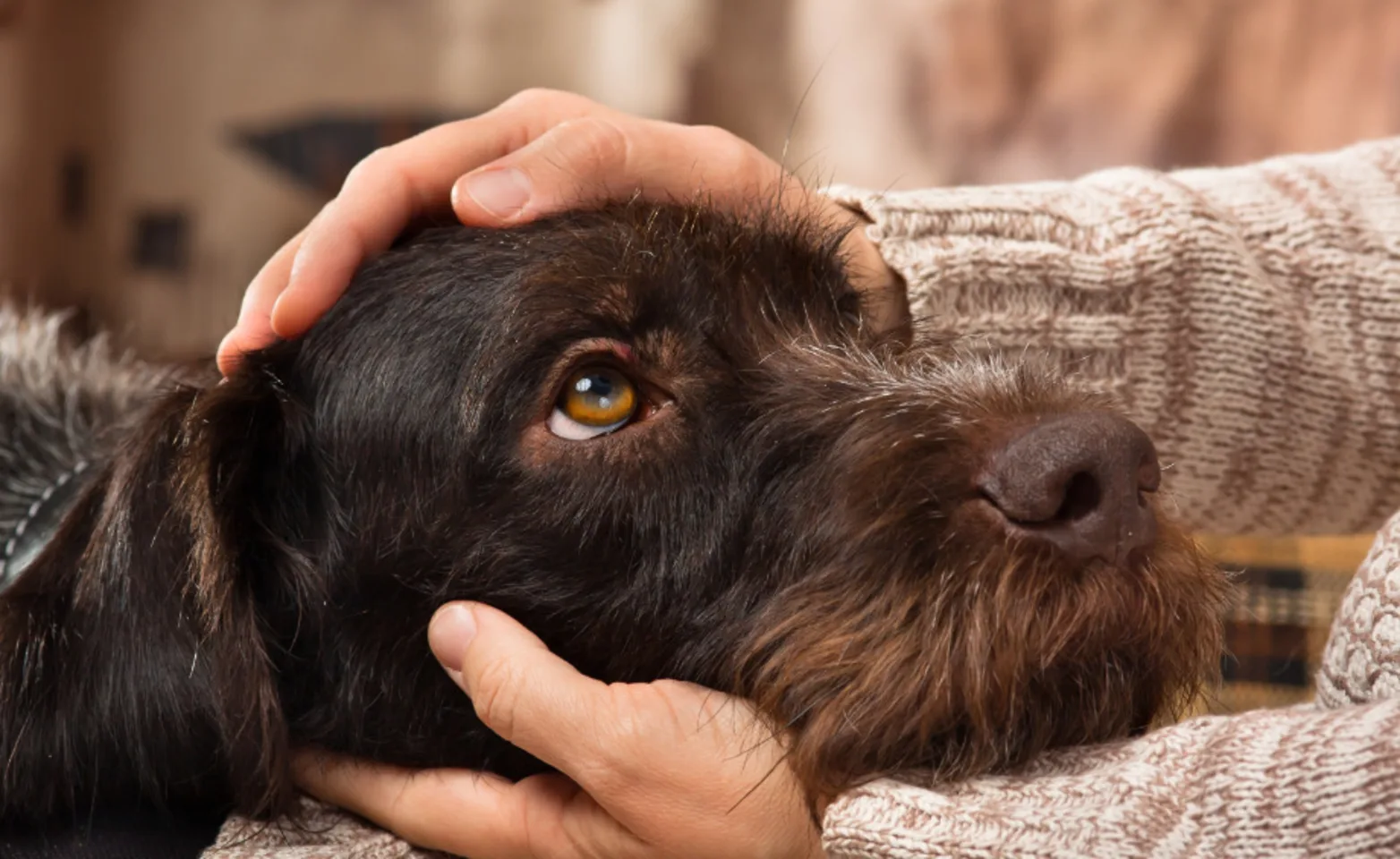
Blood Donor Clinic
We are a proud blood work clinic for Canadian Animal Blood Blank! Help by donating blood from your canine to support animals in need. Let's make an impact together.
